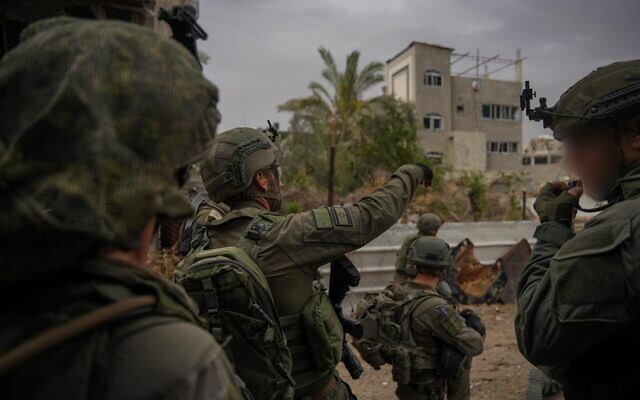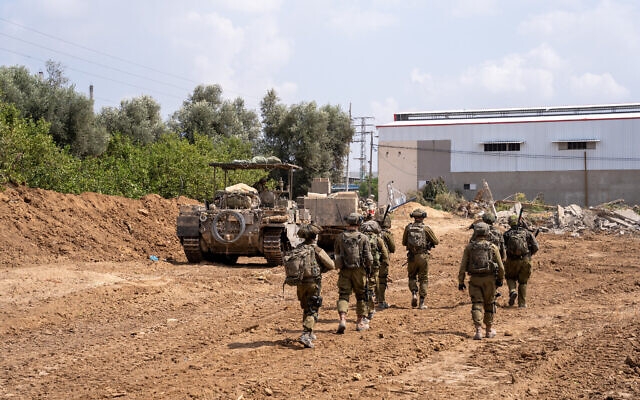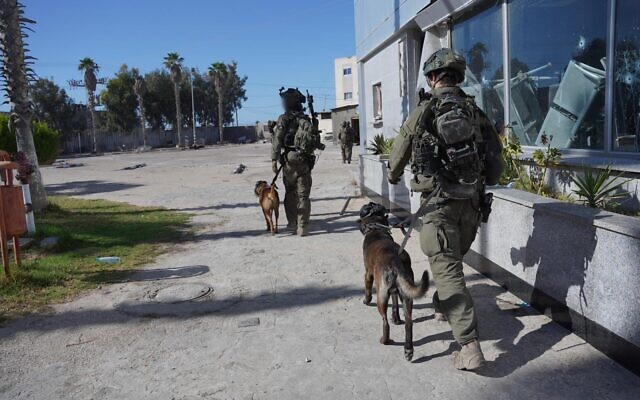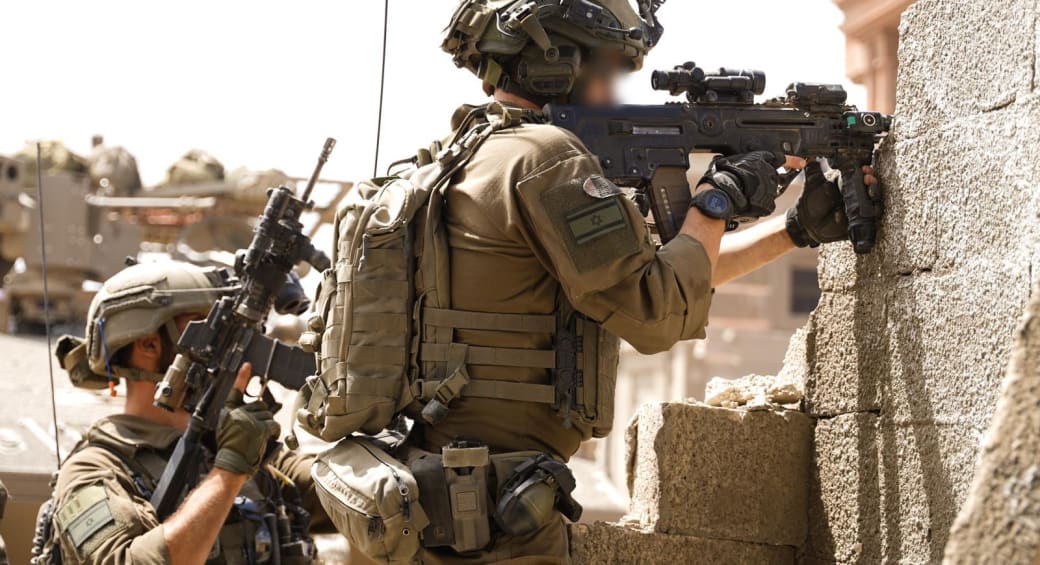Seven months into the war in the Gaza Strip, Israel still has a long way to go before it achieves one of its main objectives — the destruction of Hamas’s military capabilities.
Israeli forces have reportedly degraded 18 of its 24 battalions, yet Hamas remains unbowed and undefeated. In the meantime, Hamas can still call on four battle-ready battalions in Rafah in the south and two in and around Nuseirat in the center.
The problems Israel faces are clear.
During the initial and middle phase of its ground offensive, which got under way on October 27, Israel routed Hamas in northern localities such as Gaza City, Zeitoun and Jabaliya. Israel then withdrew, leaving a power vacuum that was almost immediately filled by surviving Hamas fighters. Hamas’ reappearance forced Israel to launch reclearing operations, which have prolonged the war.
Israel, in fighting what amounts to an insurgency in a densely-populated urban environment, could have hewed to a classic “clear, hold and build” doctrine. In other words, Israel could have handed over pacified areas to, say, the Palestinian Authority, which governed Gaza until 2007.

If the Israeli government of Prime Minister Benjamin Netanyahu had adopted this strategy, Israel may well have succeeded in preventing Hamas from reestablishing itself in places vacated by the Israeli army. Since Netanyahu has excluded the Palestinian Authority from such a role, Hamas has been able to regroup in the north.
Israel’s chief of staff, General Herzi Halevi, has cited this problem. “As long as there’s no diplomatic process to develop a governing body in (Gaza) that isn’t Hamas, we’ll have to launch campaigns again and again in other places to dismantle Hamas’s infrastructure,” he told Channel 13 several days ago. “It will be a Sisyphean task.”
According to the reliable Institute for the Study of War, Hamas remains combat effective there. Israeli forces moved back into Jabaliya on May 11 after concluding that Hamas and other Palestinian armed groups were rebuilding their networks. Israel has killed more than 80 Hamas fighters in Jabaliya, but Hamas has managed to strike back, having launched 33 attacks against Israeli troops, the most in a single day this year.

Israel also initiated a re-clearing operation in Zeitoun, a neighborhood near Gaza City, on May 8. This marked the third time that Israel has conducted an offensive there. By all accounts, Israel has killed 150 Palestinian gumen in Zeitoun in the past few days.
In central Gaza, Israel has killed more than a dozen Hamas fighters, including terrorists from its Nukhba force who participated in the October 7 onslaught in southern Israel that resulted in the mass murder of roughly 1,200 civilians, soldiers and foreign workers.
Israel, meanwhile, has been moving deeper into Rafah, Hamas’ last remaining urban stronghold, but Netanyahu has not yet ordered a fullscale invasion of Rafah. Yesterday, he said that this crucial phase of the war will take “weeks.”

So far, Israel has killed more than 100 Palestinian gunmen and located ten tunnels in Rafah. Two days ago, Israel suffered its first fatality there, bringing its overall death toll in Gaza to 273 soldiers. Since then, five additional Israeli soldiers have been killed in friendly fire incidents.
Two days ago, in a televised speech, Defence Minister Yoav Gallant warned Netanyahu that Israeli military gains in northern Gaza have been eroded due to Hamas’ success in having reconstituted itself in localities like Jabaliya and Zeitoun.
Without mentioning the Palestinian Authority, Gallant told him that these areas should be administered by non-Hamas Palestinian entities in conjunction with international forces. In a direct challenge to Netanyahu, Gallant said he would disapprove of Israeli civil or military governance in Gaza.
Netanyahu believes that discussions of the “day after” in Gaza are premature and meaningless unless Hamas is defeated.
Galant’s view is endorsed by the United States, Israel’s chief ally.
Last week, U.S. Secretary of State Antony Blinken warned Israel that it could face a protracted insurgency in Gaza as well as a resurgence of Hamas power unless it offers the Palestinians a diplomatic horizon in the form of a two-state solution and works with the Palestinian Authority in Gaza.
Blinken’s deputy, Kurt Campbell, recently cast doubt on Israel’s ability to achieve total victory over Hamas.
President Joe Biden’s national security advisor, Jake Sullivan, who is due to arrive in Israel soon, has said that the Israeli government has yet to connect its operations in Gaza with a political plan for Gaza’s future. The failure of Israel’s approach is evident in the return of Hamas fighters to areas vacated by the Israeli army, he noted.
The U.S. is opposed to a major invasion of Rafah, saying it will withhold certain offensive weapons for such a massive operation. But on May 14, just days after the U.S. delayed a shipment of 3,500 high-payload bombs to Israel, the Biden administration authorized a new arms and munitions package to Israel worth more than $1 billion. The package includes $700 million for tank ammunition, $500 million for tactical vehicles and $60 million for mortars.

Jack Lew, the American ambassador in Israel, claims that “nothing fundamentally” has changed in “the basic relationship” between Israel and the United States. While “one set of munitions” has been held back, he said, “everything else keeps flowing.”
This may be true, but Israel’s relations with its closest ally may encounter yet more turbulence if the Israeli army conducts a full invasion of Rafah.
